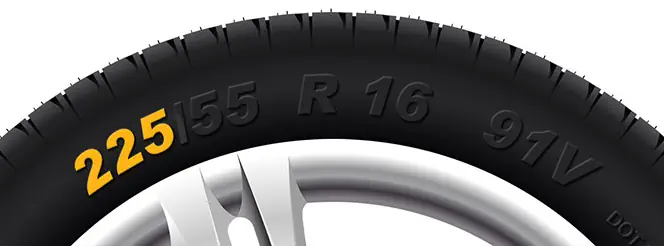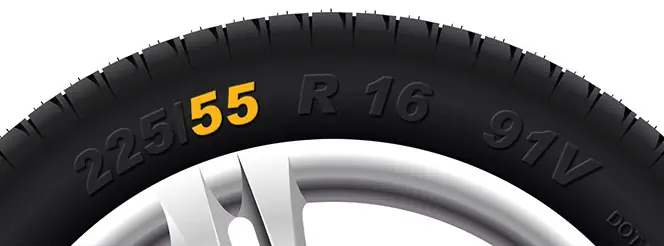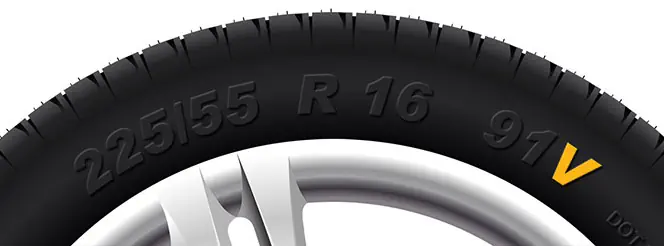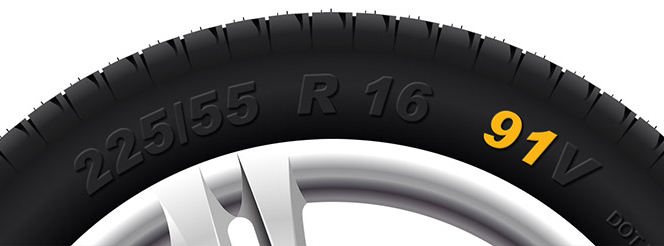The Best In Car Technology 2025
Jessica Bird | Thursday 14th August 2025 12:29pm
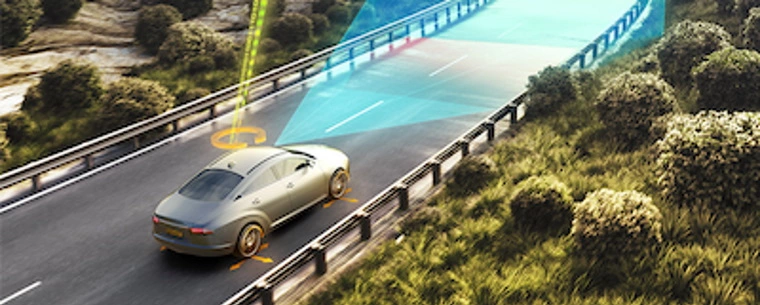
The safety, comfort, and performance of our vehicles is constantly improving, thanks to developments in automotive technology.
With each new model year, we're seeing increasingly impressive breakthroughs: self-parking systems, real-time hazard detection, AI-powered infotainment, and vehicles that can practically drive themselves.
At the crux of this evolution is ADAS (Advanced Driver-Assistance Systems), a suite of cutting-edge technologies that make driving safer and smarter. But that’s just the beginning.
Read on for a closer look at the latest in-car technologies that are driving the future of driving!
Augmented reality displays
First, AR (Augmented Reality) is giving drivers more information about their cars in innovative ways. Products like BMW’s XReal Air 2 AR glasses utilise AR to enrich the driving experience by showing motorists:
- Navigation instructions
- Warnings about upcoming hazards
- EV charging station information
- Entertainment content
- And even visualisations to help with parking.
This information is displayed directly onto the windshield or into the driver's field of view, with the idea being that this streamlined tech minimises distractions and helps preserve focus. Peng Jin, co-founder of XREAL, says that this innovation aims to “digitally embellish the real world” which “could lead to entirely new experiences while travelling by car”.
V2X communications
A bit like the IoT (Internet of Things) but just for cars, Vehicle-to-Everything (or ‘V2X’) communication technology allows cars to interact with other cars, infrastructure, and even pedestrians, to help reduce traffic and improve road safety. Operating via a network of OBUs (on-board units), RSUs (roadside units), and user devices, V2X transmits data about vehicle location, speed, and direction to allow other road users to respond in a timely manner. Essentially data sharing between cars and traffic systems, the idea is to reduce collisions and congestion, and give early warning systems.
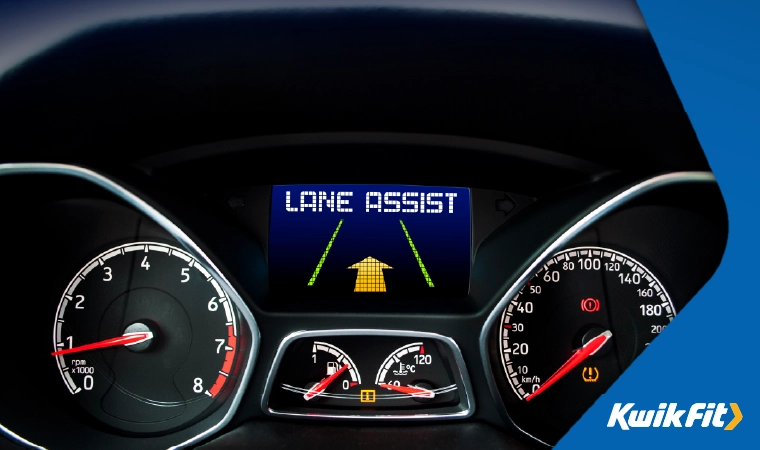
ADAS technologies
Next, it’s time to open the vast ADAS tech toolkit. Whether parking or driving, ADAS uses human-machine interfaces to help drivers gauge their surroundings more accurately. This can take the form of parking sensors, lane assist software, and more.
Since most road traffic accidents are down to human error, it makes sense to target the zones of perception and spatial awareness when developing new assistive technologies. To some extent, ADAS can allow for autonomous driving, making it much easier for drivers to be safer in motion.
Here are some of the most exciting ADAS elements being developed.
1. Night vision
Night vision technology is already utilised heavily by organisations such as the army. Although this is typically found in more expensive vehicles currently, it is gradually expanding across a range of cars.
Night vision technology is helpful as it improves visibility for drivers by using infrared and thermal imaging technology. It is especially useful for drivers on dark country lanes or unlit motorway sections.
2. Adaptive cruise control
Adaptive Cruise Control (ACC) is used to help the driver remain at an appropriate speed in relation to the vehicle in front. This improves the experience and safety of motorway driving in heavy traffic, helping to prevent driver fatigue and avoid unnecessary accidents by automatically moderating vehicle speed.
3. Autonomous emergency braking
Autonomous Emergency Braking (AEB) is an important technological development to help to prevent accidents caused by driver error. This technology has been created to bring the vehicle to a stop automatically when a hazard is detected. This reduces the risk of accidents due to drivers reacting to obstructions too late.
4. Self-parking
Autonomous Self Parking (ASP) relies on sophisticated sensors which allow the vehicle to get into a parking space without input from the driver. If the sensors detect potential hazards, the vehicle will automatically come to a stop and only attempt the manoeuvre again when it is safe to do so.
5. Intelligent speed assistance
Governments are considering making this technology compulsory in vehicles. It restricts the car to the speed limit and, when paired with Adaptive Cruise Control, the vehicle will automatically speed up or slow down as the speed limit changes.
6. Hill descent control
This requires the driver to trust the technology. Hill Descent Control (HDI) is possible when the driver doesn’t touch the brakes when going down a hill. The brakes are automatically activated to steadily bring the car down the hill while the Anti-Lock Braking system keeps the vehicle stable.
Some drivers may not be comfortable with surrendering this much control but when you see the technology in action, the benefits of it are clear. Find out more about autonomous driving here.
7. 360-degree camera systems
Cameras are placed around the car, which provide drivers with a view of the surroundings which wouldn’t be possible otherwise. This is especially useful for tight spaces where it is important to be fully aware of your surroundings.
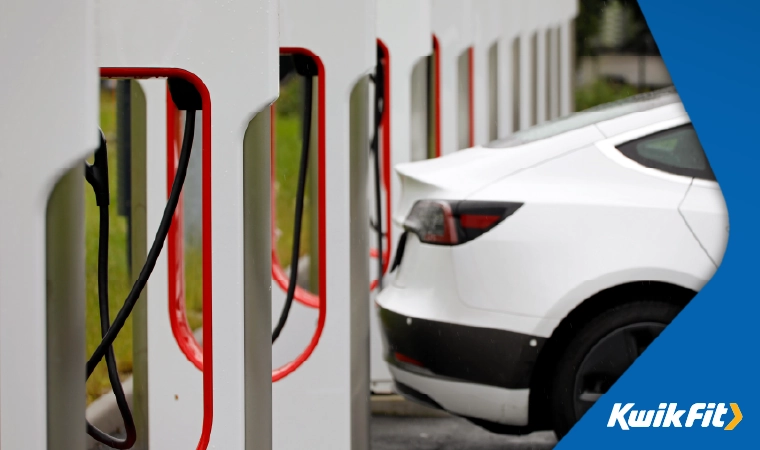
EV Superchargers
Electric vehicle chargers are always getting upgrades, from charging speeds and smart features to increased power output. Most notably, Tesla recently released their Supercharger systems, which can charge a car enough for an extra 200 miles in as little as 15 minutes. In models like the Volkswagen ID.2 and the Renault 5 EV, there is now the technology to add 300 miles of range in around 15 minutes!
In-car biometrics
From facial recognition and heart-rate monitoring to fingerprint recognition, in-car biometric technology is helping to improve the security and personalisation of vehicles. A great example of this is Continental and trinamiX’s Biometrics Sensing Display, which includes tech that can monitor heart rate to identify stress or medical emergencies, and take necessary action to protect the driver and passengers.
Autonomous driving
Self-driving cars are no longer a thing of the distant future. As autonomous driving technology continues to advance, more and more vehicles are equipped with Level 3 and Level 4 automation.
Emerging technology is also working to improve the safety of these self-driving features. For example: improved camera systems, LiDAR, RADAR and enhanced AI algorithms that help vehicles make complex decisions with more precision.
Smart infotainment
There are plenty of recent advancements in the automotive infotainment sphere, too. Most notably, voice and gesture controls. Advanced voice recognition and gesture-based controls allow drivers to control infotainment systems far more intuitively, and without using their hands.
Similarly, AI-powered in-car assistants are getting increasingly capable. BMW and Mercedes-Benz, for example, have integrated gen AI assistants that can offer human-like interactions into their infotainment systems. These assistants can provide navigation advice, adjust climate control, and even anticipate your needs based on your typical driving habits.
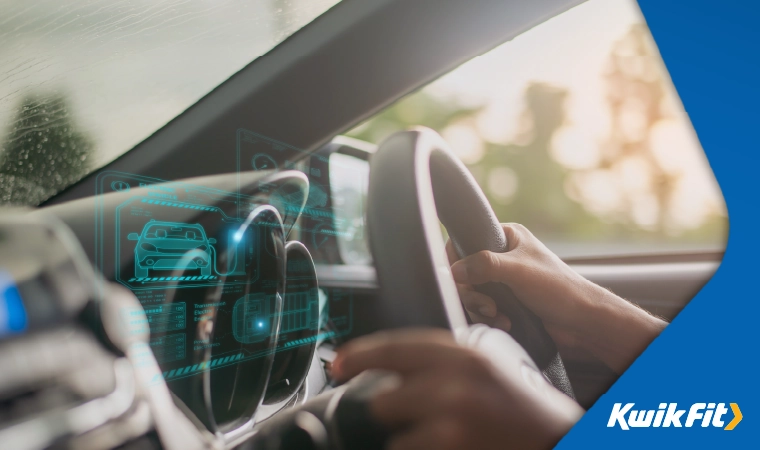
Drive at your best with Kwik Fit
With all this new and improved technology, it is expected that things might go wrong sometimes. And, should they do so, the experts at Kwik Fit can help.
Our ADAS calibration services are capable of readjusting vehicles fitted with LiDAR or RADAR, to get you back on the road in no time. Contact us today to book an appointment at one of our specialist ADAS calibration centres.
Any facts, figures and prices shown in our blog articles are correct at time of publication.
Featured Articles
Is it Illegal to Drive With One Headlight?
Saturday 19th July 2025
Wondering if it’s illegal to drive with one headlight? Learn about the safety risks and penalties of illegal blown bulbs and why you should fix them promptly.
Air Con in EVs & Hybrids: Experts Answer Your Questions
Monday 30th June 2025
Does air con drain EV batteries? Can you use the air con while charging an electric car? Find out the answers to these questions & more from Kwik Fit’s experts.
Why Is Your Car Making a Noise? Fixes & Tips
Friday 13th June 2025
When your car starts making unexpected noises, it can certainly be quite disconcerting; it may be nothing to worry about, but here’s what you need to know.





